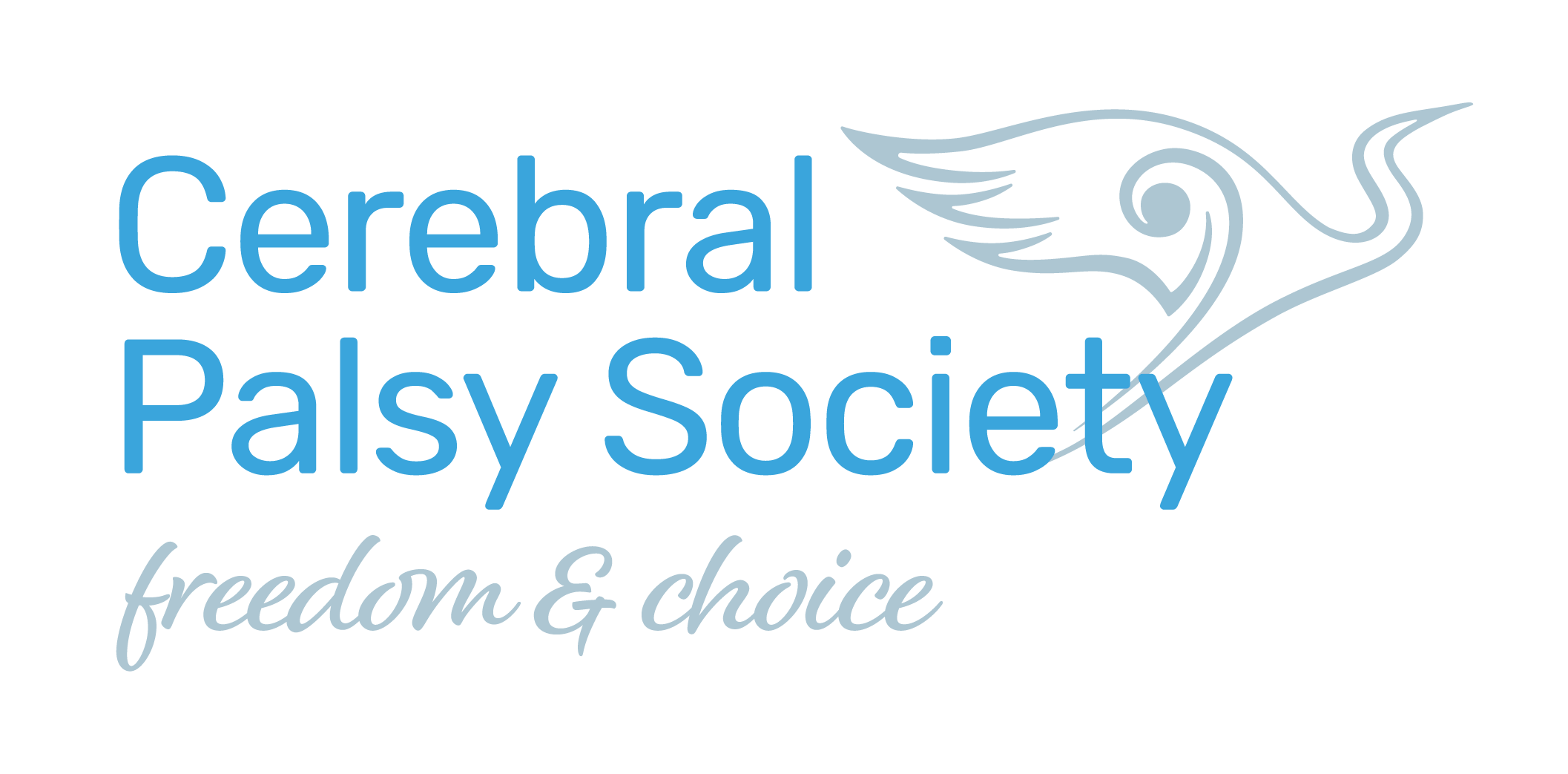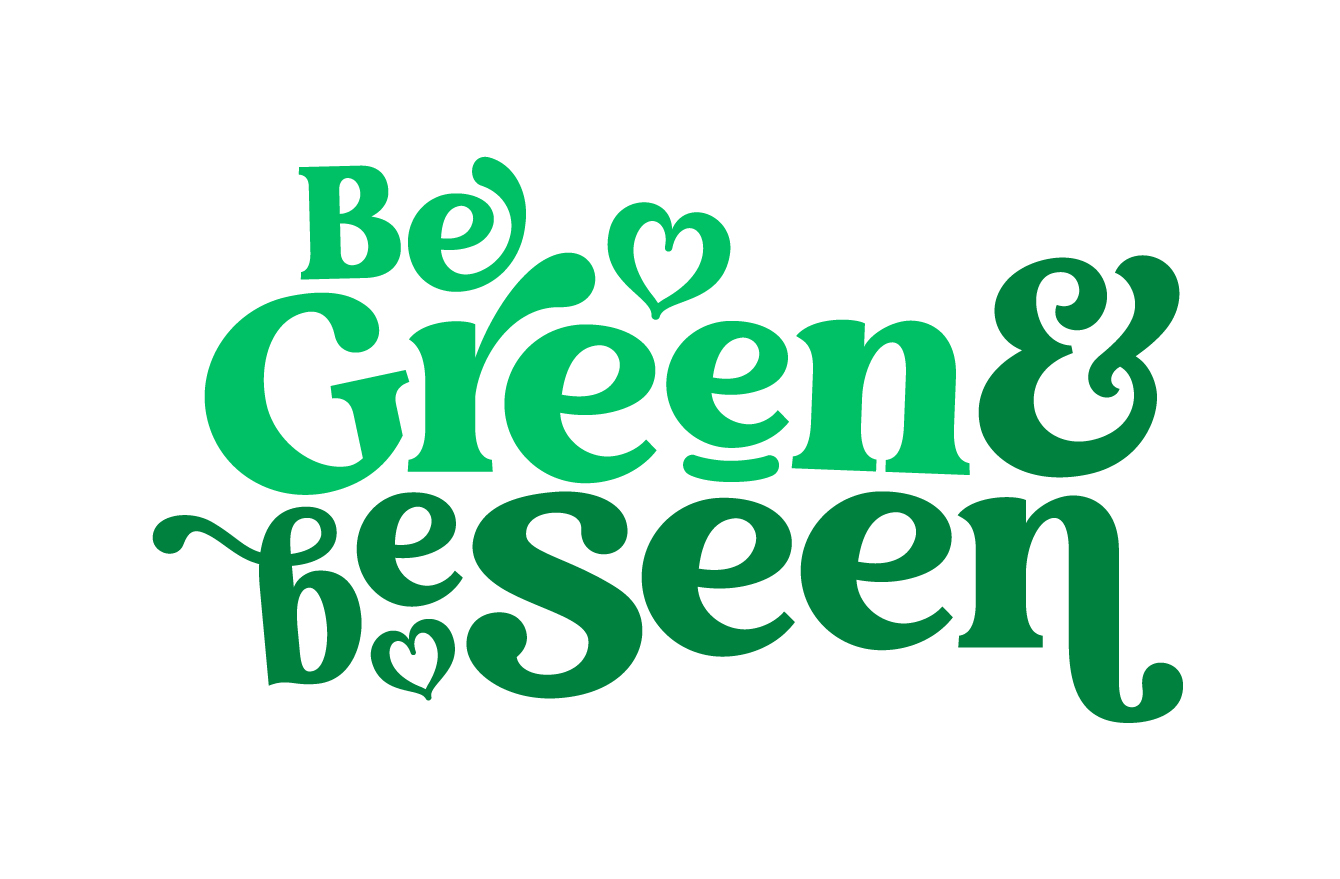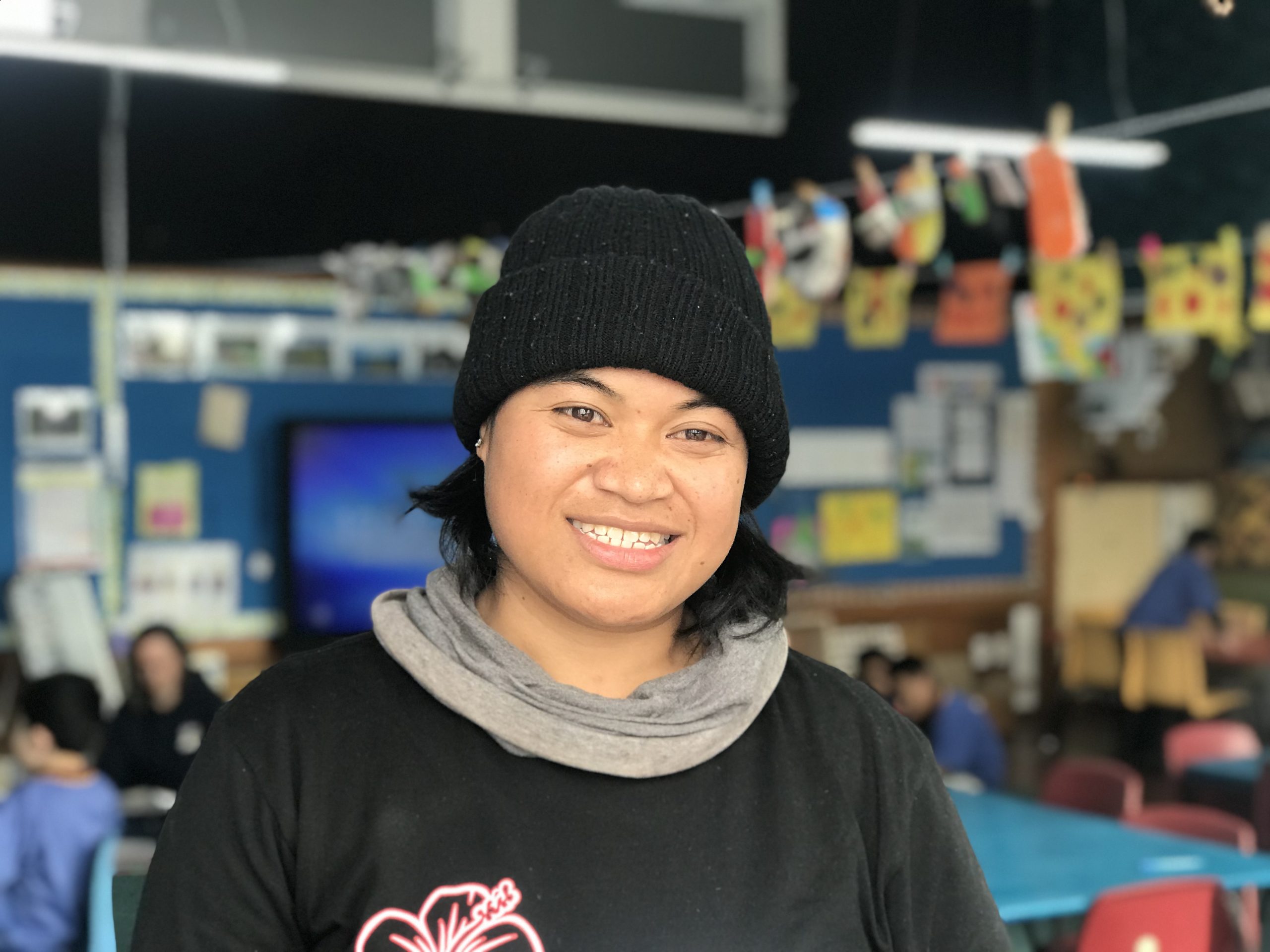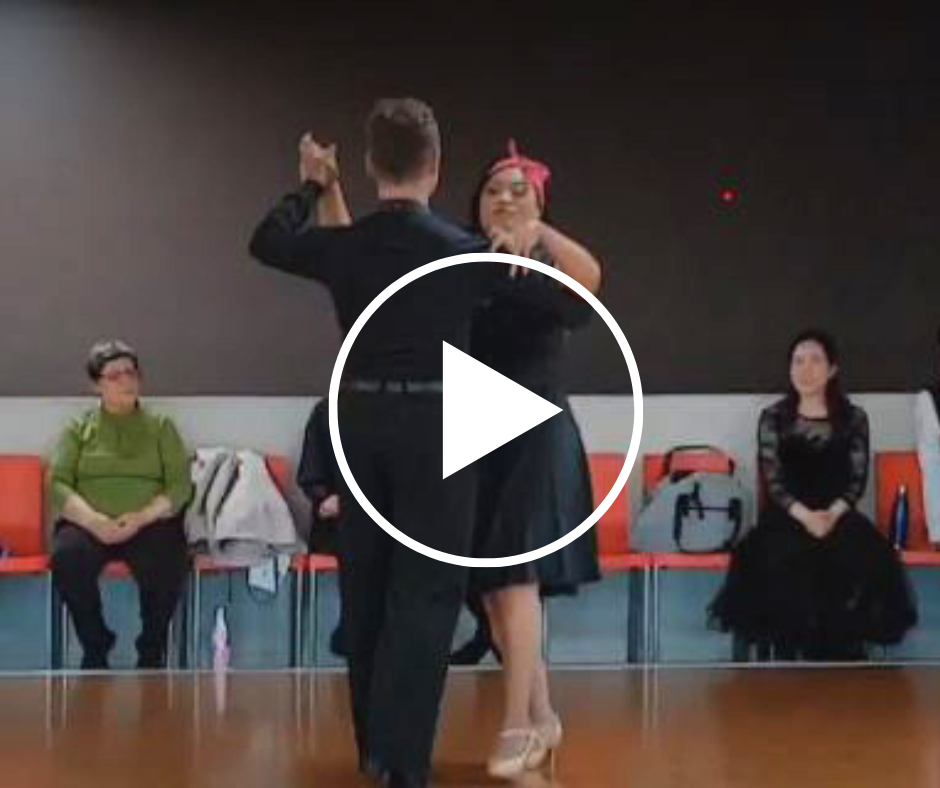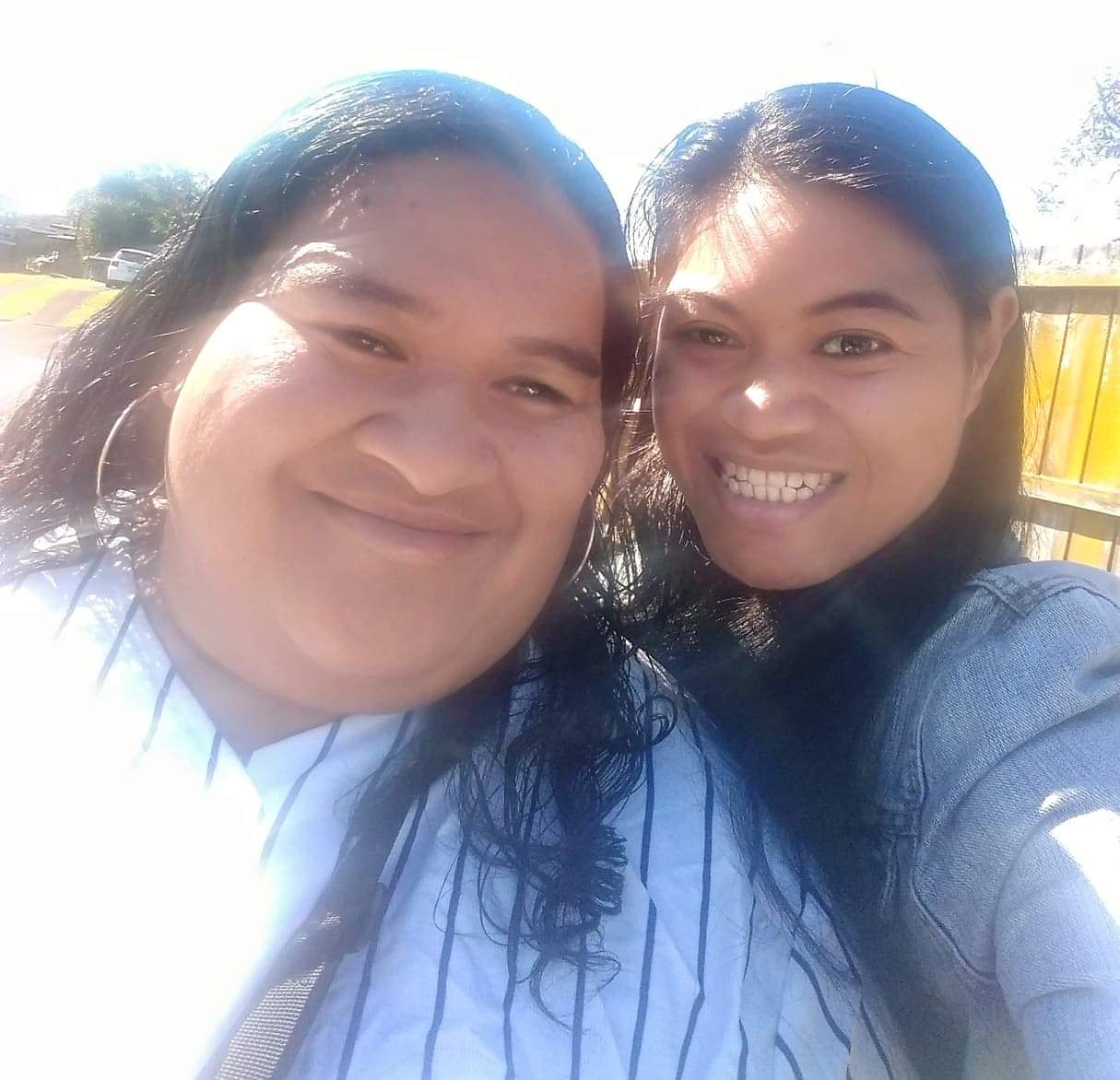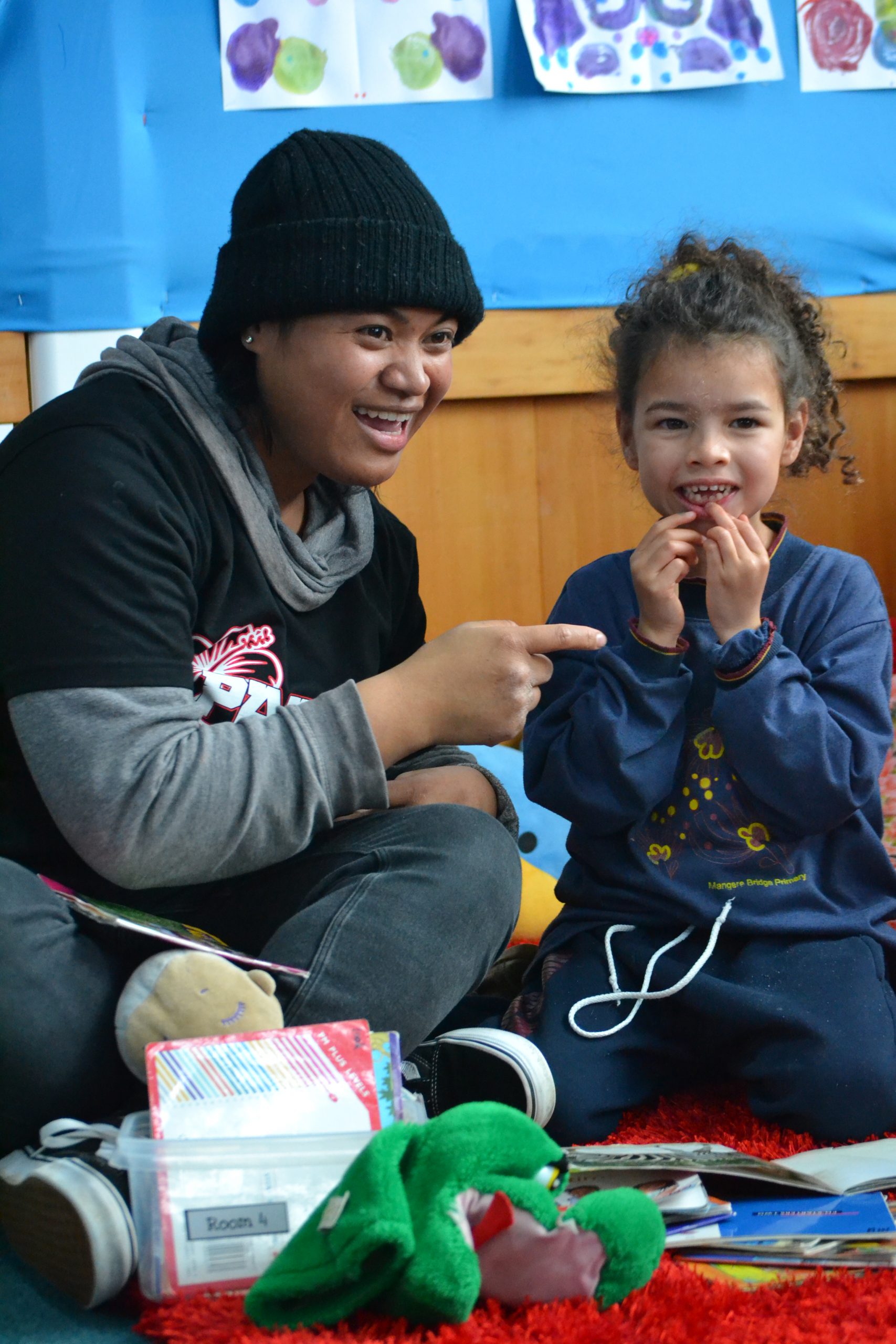Our Members - Their Stories
Va’s comfortable in her own skin
31 Aug 2023
Va Filemoni knows life is short, so she is making the most of it.
By Melanie Louden
Vaotane (Va) Filemoni is loving life as a teacher aide and ballroom dancer, and can’t wait to
get back into rugby league. Photo: Melanie Louden
Rugby league and ballroom dancing. They are an unlikely combination.
One is a very physical sport that demands strength, speed and determination.
The other requires poise, grace and precision.
But for Vaotane Filemoni, who lives with Cerebral Palsy, they both provide a sense of belonging, and help her make the most of life.
She is sharing her story as part of the Society’s annual fundraising and awareness campaign, Be Green & Be Seen 2023. The campaign aims to raise funds for the Society’s e-card funding programme, and raise awareness about living with Cerebral Palsy.
Up until about four years ago Vaotane, known as Va, played rugby league in a mixed team as part of New Zealand’s original Disability Rugby League team.
“I’m hoping to get back to it when I’ve found a balance with all my other commitments,” Va, 32, says.
Her “other commitments” include working as a teacher aide and ballroom dancing.
Va had always loved ballroom dancing, but her interest in it grew when she watched dancing shows on television while she was recovering from being hit by a car in 2018.
“After the accident, I realised that life was short, so I looked around for a studio that would let me learn.”
She’s been taking weekly classes at Just Dance NZ Ballroom Dance Studio for four years, and also helps with competitions.
Va has learnt the Foxtrot, Waltz, Tango, Rock n Roll, Rumba and Merrily and is currently learning Gypsy tap.
Va performs the Rhythm Foxtrot with her dance teacher Alex Prykhno.
“It took 6 months to a year to learn each of them. I’m truly grateful to have a very patient and caring teacher.”
Va is GMFCS (Gross Motor Function Scale) level 1 and says ballroom dancing is “a good challenge”.
“It helps with my posture and balance. It also tests you physically and mentally because you have to think about lots of different things.”
Growing up, Va, who is Samoan, was a shy child and teenager who didn’t accept her disability.
“At college I was still conscious about it. My physio came in to explain my Cerebral Palsy to another student. That’s when I understood more about it.
“I began to find acceptance. I slowly built friendships
“I felt more comfortable in my own skin – a little bit.”
Cerebral Palsy affects Va’s left side – meaning she is very weak on that side, her balance is not great, and she can’t lift anything heavy.
It means simple tasks require a bit of extra thought and planning.
Like grocery shopping. Va goes with her best friend, and fellow Cerebral Palsy Society member, Luhama Niu.
Va carries the light bags while the heavy bags are hung on the handlebars of Luhama’s wheelchair.
Va, right, and her friend Luhama Niu.
What Cerebral Palsy doesn’t impact, is Va’s career. Since leaving high school she has worked in early childhood education, volunteered with youth and completed a business administration course.
She’s now closing in on two years as a teacher aide at Mangere Bridge School, pictured.
Va says because she’s been through the mainstream education system while living with a disability, she has a unique and different perspective to bring to the students she works with.
“I know when to push kids. I know what works and what doesn’t. I want them to love to learn.”
Children at school often have lots of questions about Va’s disability and when a child asks what happened to her hand, she finds a simple explanation along the lines of “I was born this way” is great way to encourage acceptance around differences.
Va works 12 hours a week and gets there and home again by bus – a journey that takes an hour each way.
She is currently teacher aide to a 5-year-old girl who has autism and global developmental delay.
“I’m there for whatever she needs. We work on her motor skills and help her communicate. She loves to read.”
She also works at the school in the English for Speakers of Other Languages (ESOL) classes.
Va says the Cerebral Palsy Society has helped her a lot since she became a member in 2010.
She takes advantage of the getOutThere funding, which means she can get taxis to her Sunday morning ballroom dancing lessons.
“I’m blessed,” she says. “It goes a long way for those who can’t drive.”
Through two Individual Grants Va was also given the opportunity to try and achieve one of her goals of gaining her driver’s licence.
The Society provided Va with funding to sit a series of lessons and to get a driving occupational therapy assessment – support she was very grateful for.
However, the outcome of those lessons and the assessment was not what Va was hoping for.
Learning that she can’t drive for “medical reasons” was “a hard pill to swallow”.
“But I had to go through that process to realise it.”
 Va pictured with her dad, left, her dancer teacher Alex Prykhno and baking at home with her support worker Deborah Master.
Va pictured with her dad, left, her dancer teacher Alex Prykhno and baking at home with her support worker Deborah Master.
But Va hasn’t let the end of that dream slow her down, and she has a simple wish for her fellow Kiwis living with Cerebral Palsy.
“My hope is that people will be ok to be themselves, to try something new without holding back,” the 32-year-old says.
And she can speak from experience – there is not much holding Va back.
<END>
Be Green & Be Seen is the Cerebral Palsy Society of NZ’s annual awareness and fundraising campaign. You can find out all about the campaign here.
Make a Be Green & Be Seen donation on our Givealittle page today
OR
#beACTIVE with us
For more information:
Melanie Louden
Communications Manager
melanie@cpsociety.org.nz
Mobile: 022 087 8191
